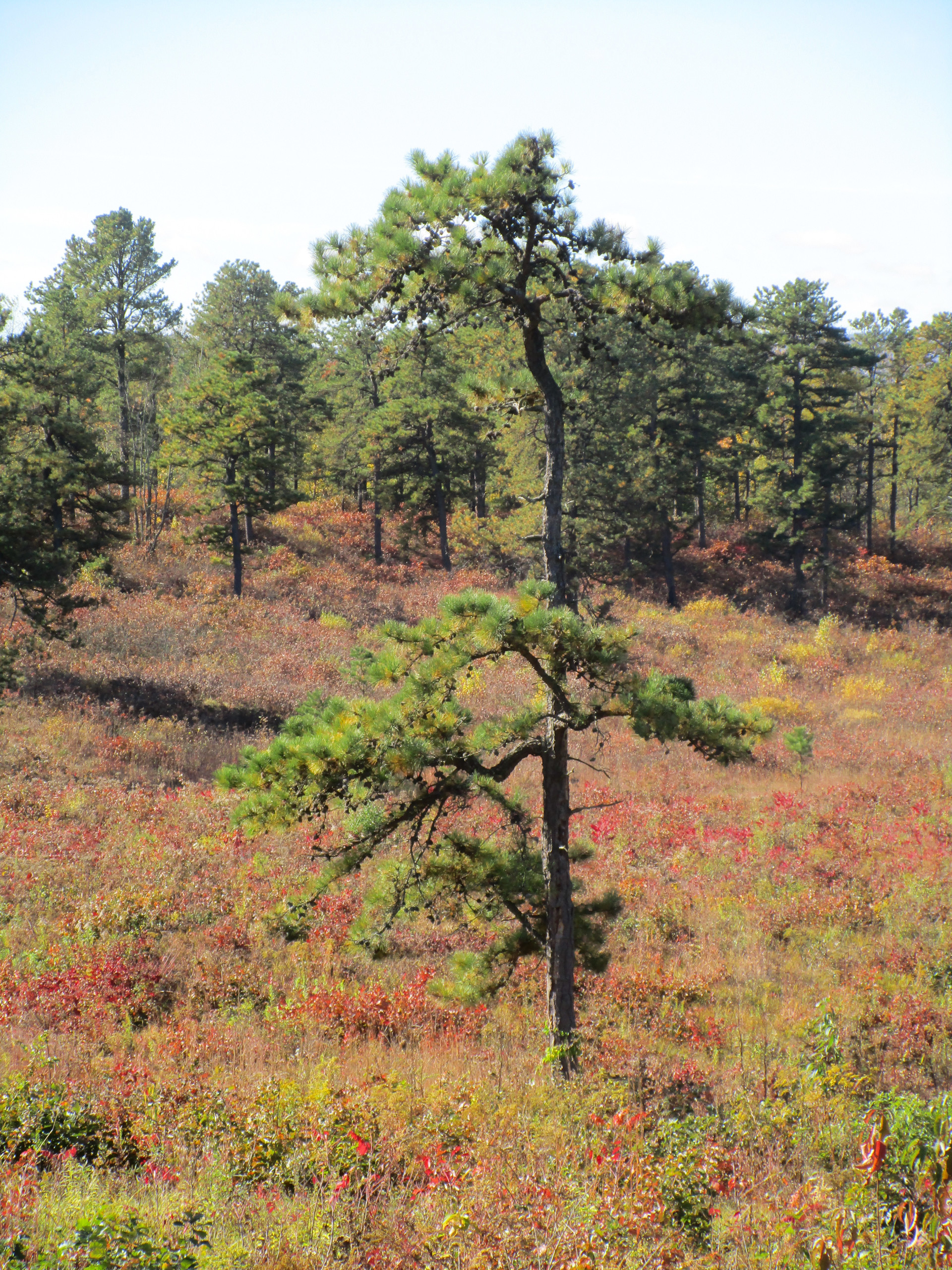by Steve Downs
On September 1, 1976, a new law, the State Environmental Quality Review Act, SEQRA, came into effect which required comprehensive environmental planning at the beginning of every environmentally significant project – the problem was that nobody was sure just how the new law worked. Just two years later the first published law suit by Save The Pine Bush was filed against the City of Albany by a young lawyer, Lew Oliver, eager to see if this new law would finally put some controls on irrational runaway development in the Pine Bush. Unfortunately, this first published decision, Save The Pine Bush v. Planning Board, 422 NYS2d 608, did not have an especially satisfactory beginning or conclusion. The court held that service of the papers on the Planning Board was insufficient to commence the litigation and so it did not have the reach the merits of the SEQRA claim. Not in the least discouraged, Lew Oliver filed more law suits and the results were mixed. At times it seemed that the Courts were trying to match Oliver’s creativity and brilliance in bringing the law suits, by their own creativity and brilliance in dismissing them.
And yet he persisted. And each time, the weapon of SEQRA that Lew Oliver brandished, became sharper and more finely honed. Until at last came that fateful day on March 5, 1984 when the Common Council – ignoring its duty of comprehensive environment planning as usual – created a new Commercial zone in the Pine Bush without adequate planning. Lew Oliver sued the City, and Save The Pine Bush v. City of Albany, began its historic trip up the judicial ladder. The result was a resounding victory in the Court of Appeals. Even today the case is discussed in reverent tones by the legal commentators for its breadth of vision and the depth of commitment by the Court to ensure that SEQRA would work as it was intended. The legal commentary for 2007 – written 20 years after the decision itself – reflects the reasons why Save The Pine Bush v. City of Albany is still referred to as a” landmark” decision:
“The pine barrens on the western edge of Albany, the only remaining pine barrens of the inland sand dunes in the entire United States, are the habitat of an endangered species of butterfly. The City’s approval of commercial development in this unique area, the Court of Appeals held, required the municipality to weigh in its EIS the cumulative impact of all pending zoning- change applications in the Pine Bush since all were interrelated. The disparate ownership of the parcels did not matter.
“This unanimous decision underscores the court’s powerful commitment to the goals of SEQRA that agencies take a hard and thorough look at the environmental consequences of their actions before embarking on them.”
The Court of Appeals decision forced agencies in all fields to engage in real comprehensive planning- often for the first time. Real comprehensive planning in turn raised awareness of the importance and uniqueness of the Albany Pine Bush and hastened protection for it. There were still many more battles to be fought however, and Lew Oliver was there to fight them. Lew Oliver persuade the courts to hold that before development could proceed in the Pine Bush, the City first had to determine scientifically how much land had to be set aside for preservation, and then the City had to determine how that preserve acreage was to be assembled. To do this the Albany Pine Bush Preserve Commission had to be created. The whole nature of the debate on the Albany Pine Bush changed.
In the end Lew Oliver brought at least 19 published cases that are listed under Save The Pine Bush, and he undoubtedly brought many more unpublished cases or cases listed under names of individual plaintiffs. The volume of work is amazing and may be unique anywhere in the world. The published cases follow the development of SEQRA from its earliest beginnings to the present, on a 5800 acre parcel of land that surely must be one of the most studied and litigated parcels anywhere on earth.
Save The Pine Bush and its members recognize that they all owe Lew Oliver a huge debt of thanks for this wonderful legacy – not only the legacy of the Pine Bush Preserve, but for the debates and studies that led to it’s creation, and for the development of the law that recognized an effective environmental planning process, and for helping to raise the reputation of Save The Pine Bush to become a dominant force in the environmental community. Without his stubborn, brilliant, creative commitment, the story of the Pine Bush might have followed a very different path and we would all be much poorer for it.
